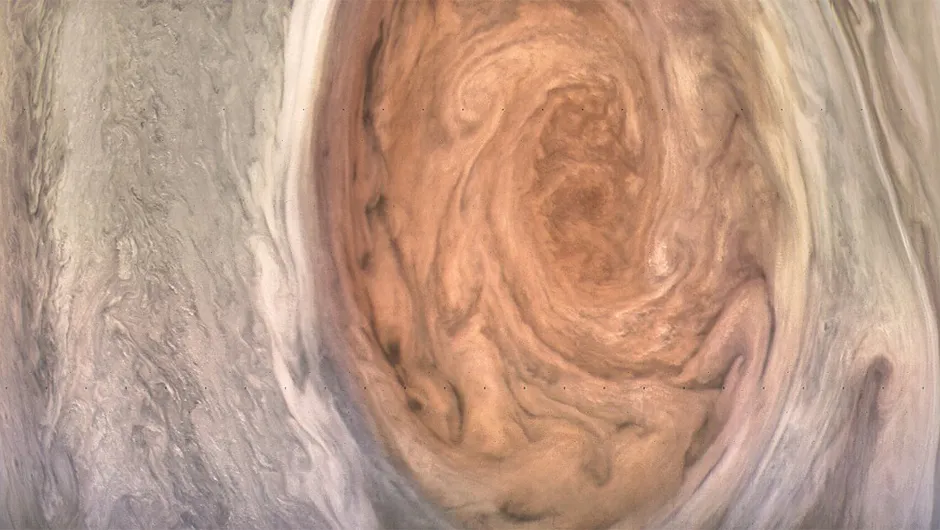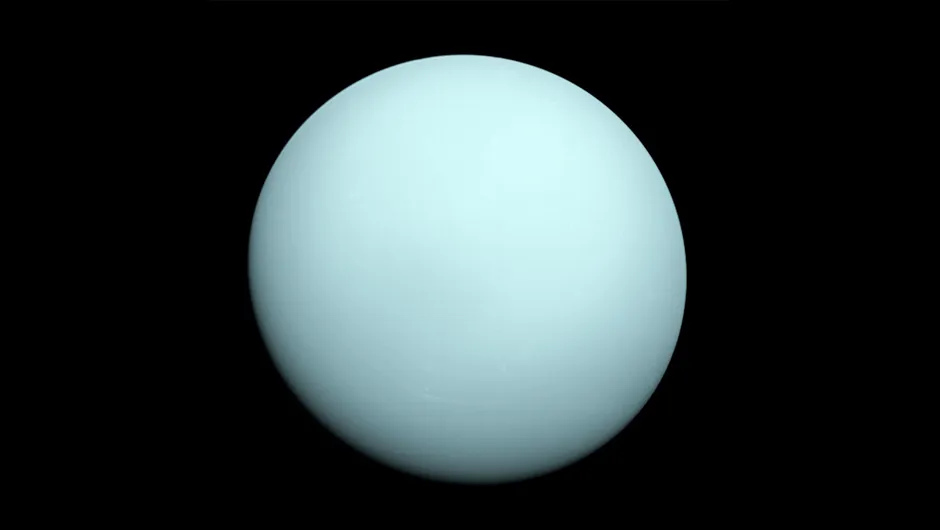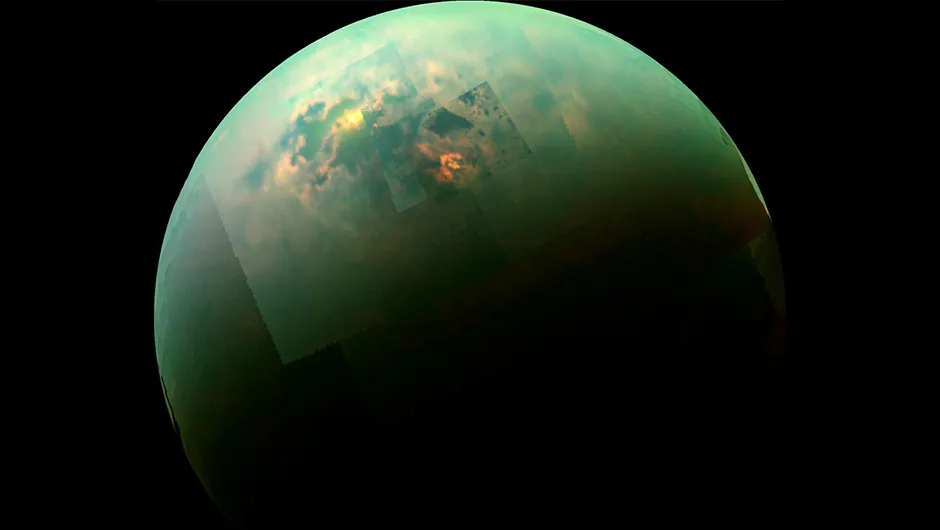Two 2001 images taken by NASA's Mars Global Surveyor in 2001 show a change in the Red Planet’s appearance caused by a dust storm. The images were taken about a month apart. Image Credit: NASA/JPL-Caltech/MSSS
Over the past few years extreme weather events on Earth have risen: heatwaves, downpours, hurricanes and droughts beyond the bounds of normal weather patterns have all broken records.
These unusual occurrences are what Earth’s climate produces as it experiences a period of change.
For there to be weather in the first place there needs to be some kind of atmosphere and a source of energy to cause changes in that atmosphere.
Here on planet Earth, the Sun heats our atmosphere, causing temperature differences that create air currents, which bring wind and also (along with other processes) rain.
So a planet without an atmosphere would have no weather and that’s exactly the case on Mercury.
While it is scorchingly hot on its Sun-facing side, reaching highs of 430ºC, there’s nothing to preserve that heat when the Sun goes below the horizon, and so Mercury’s night side experiences temperatures as low as –180ºC.
There’s no wind, no cloud and certainly no rain; it’s all very monotonous.
But on the other planets...
In terms of atmosphere Venus is the polar opposite.
It is blanketed in an incredibly dense atmosphere of carbon dioxide on top of which sit thick clouds of sulphuric acid – the result of several billion years of runaway greenhouse effect.
This toxic mass is 60 times as dense as the air we breathe and weighs heavily on the surface, creating a pressure that’s like being 1km underwater on Earth.
It also traps the Sun’s heat to make Venus’s surface hotter than Mercury’s, with temperatures of at least 460ºC.
Winds are sluggish but because the air is so dense they have enough force to move small stones.
And there’s no respite from the oppressive conditions: from the poles to the equator, day and night the climate remains constantly inclement.
Roughly 100 million km farther from the Sun than Venus, Mars is a lot colder, with average temperatures well below freezing, yet its climate is more manageable for humans.
Indeed, the Red Planet has seasons similar to Earth’s, and Martian summers can see the climate warm up to 2ºC.
But since its carbon dioxide air is so tenuous all heat escapes when the Sun sets, and the temperature drops to –130ºC.
The chilly temperatures do produce carbon dioxide snow at Mars’s poles, as recorded by NASA’s Phoenix lander, which also observed high altitude clouds of ice scudding by in the rosy red sky.
The rest of Mars’s surface is a dry, dusty place and what sunlight does reach it whips up winds that create gigantic dust storms, sometimes enveloping the entire planet.
These winds can also create smaller scale tornadoes which have been observed by orbiting spacecraft.
In the realm of the gas and ice giants we see even more extreme climates and weather, and that’s not just on the planets.
In the outer Solar System, moons have weather too.
Jupiter

The Solar System’s biggest planet also has its thickest atmosphere – some 5,000km of hydrogen and helium.
The distinctive bands that form its visible surface lie in the 50km ammonia and sulphur cloud layer of the upper atmosphere, each one kept in place by a powerful jet stream running faster than 350km/h; there are over 30 on Jupiter.
The heat generated within it – which is more than it receives from the Sun – drives many storms, including the Solar System’s largest, the Great Red Spot.
This enormous red vortex has been raging since at least 1665, though it has started to shrink in recent years.
There are many other smaller white storms too, producing lightning hundreds of times more powerful than Earth’s.
Saturn

Saturn’s banded structure is similar to Jupiter’s, and it is kept in place some of the fastest winds in the Solar System, travelling at over 1,500km/h.
Giant storms thousands of kilometres across break out around every 10 years; these can last over a month and spread around the planet.
Saturn’s poles both have curious atmospheric phenomena.
In the clouds of the north pole is a permanent hexagon pattern like a standing wave in its clouds, thought to be caused by different rates of rotation; at the south pole lies a hurricane-like storm with a distinct eye – the only place other than Earth this has been seen.
The Ice Giants

Uranus and Neptune have atmospheres of hydrogen, helium and methane gas above a layer of water, methane and ammonia ices.
Uranus appears a uniform blue at visible wavelengths since its methane haze absorbs red light.
Yet there’s evidence of cloud bands and storms in infrared observations.
Neptune’s climate is surprisingly active, and home to the Solar System’s fastest winds, which rip through the atmosphere at 2,150km/h.
Bands of white clouds can be seen to drift above the planet’s blue-coloured methane haze in visible light, while infrared reveals many more storms, both in bands and separately, driven by a mysterious heat source within the planet.
The moon with its own weather

Saturn’s moon Titan is the only moon with a thick atmosphere.
It’s also the only place other than Earth in the Solar System where standing lakes have been found.
There are also clouds and rain here, all forming part of a climate cycle much like our water cycle.
The one important difference is that here on Titan, it’s a methane cycle.
At this moon’s surface temperature of –180ºC methane is a liquid, falling as a drizzle from the clouds.
This makes it possible that Titan could host rainbows, though the thick haze higher in the atmosphere might well cut out too much of the faint sunlight reaching the surface to make them visible.
Chris Bramley is BBC Sky at Night Magazine’s editor